Lacrimal Drainage Tears
Tears are formed in the lacrimal glands and lubricate the eye as they pass over the globe. As they say, “in the blink of an eye,” the tears drain through the tear ducts to the nose. Excessive tearing can indicate a problem that in some instances can be surgically treated by our experienced doctors here at Gordon Schanzlin New Vision Institute Institute.

Blepharitis is one of the most common reasons for excessive tearing, and it is caused by inflammation of the eyelids. When the lids are inflamed, the glands around the lids that produce an oily layer of the tear film are blocked. Without this film, the tears evaporate more quickly, leading to dry eye syndrome. The resulting irritation and dry feeling signals the brain to produce more tears. Excessive tearing in these patients can be treated for dry eye (see dry eye treatments) and with the use of artificial tears.
Eyelid malposition: Previous trauma, tumors, congenital defects, ectropion and entropion are a few causes of eyelid malposition, causing excessive tearing. Patients would require evaluation, and reconstructive surgery options can be explored to correct the problem.
Tear duct obstruction: Also known as the Nasolacrimal Duct (NLD), the tear duct is responsible for draining the tears into the nose. This causes a person who is crying to have a runny nose. If there is blockage of the duct, the patient will experience excessive tearing. Congenital and acquired NLD obstruction are common conditions.
Congenital Nasolacrimal Duct (NLD) Obstruction occurs in children whose tear duct fails to open into the nose. Without proper drainage, tears, mucous, and bacteria build up, and as a result, the child will have constant tearing. In most children this resolves on its own by age one. For children younger than one year, massaging of the area near the nose on the lower eyelid is prescribed 4 to 5 times a day. If massage does not resolve the problem, or if an infection develops, a procedure is performed under general anesthesia to probe the tear duct. The procedure usually takes just a few minutes, and the infant or child will not experience pain afterwards. NLD probing is about 90 to 95% effective and is an extraordinarily safe procedure.
Acquired NLD Obstruction is typically seen in adults and is tested using a dye disappearance test. Confirmation of NLD obstruction can be treated by removing the obstruction or with dacryocystorhinostomy (DCR), a surgical procedure to create a new opening for tear drainage. Treatment is performed in an out patient surgery center under anesthesia. A small incision is made and a plastic stent is placed in the opening for 3-6 months to maintain healing.
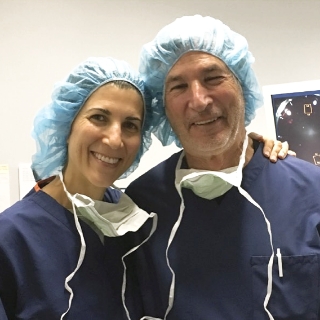
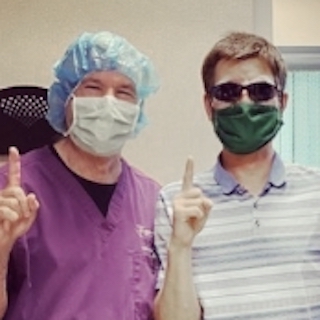
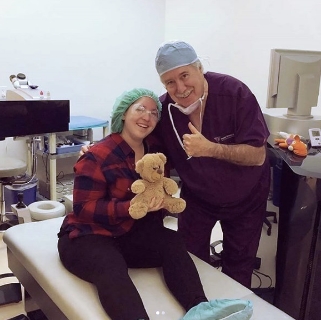
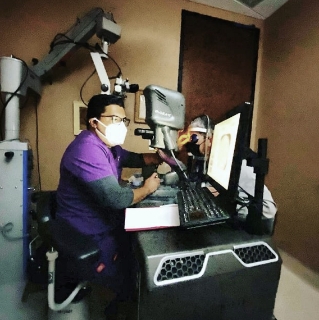
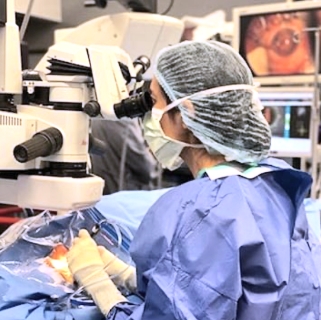
Contact Gordon Schanzlin New Vision Institute
Have questions? Click here to schedule an appointment.
The doctors at Gordon Schanzlin New Vision Institute have either authored or reviewed and approved this content.
Page Updated:

